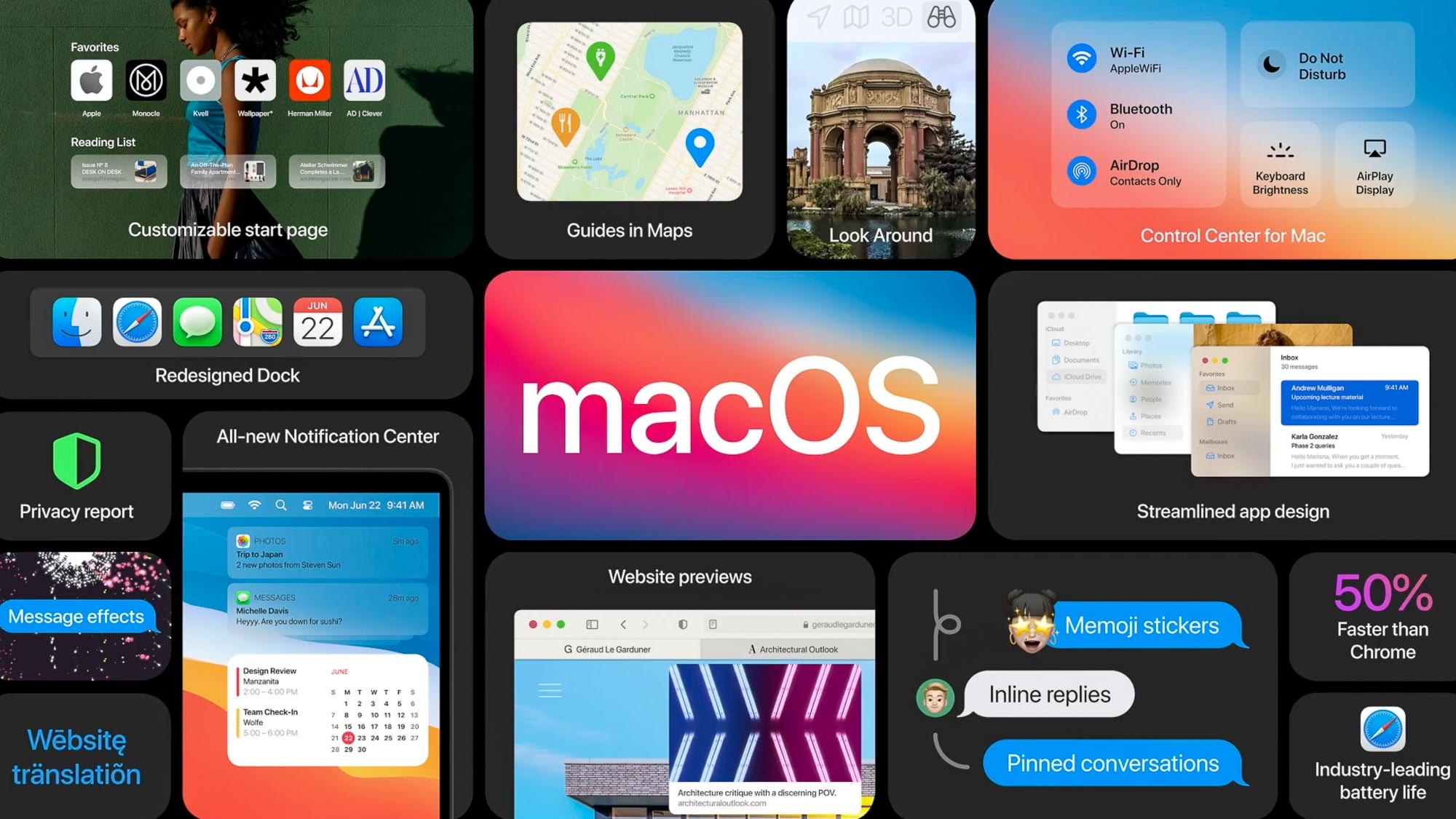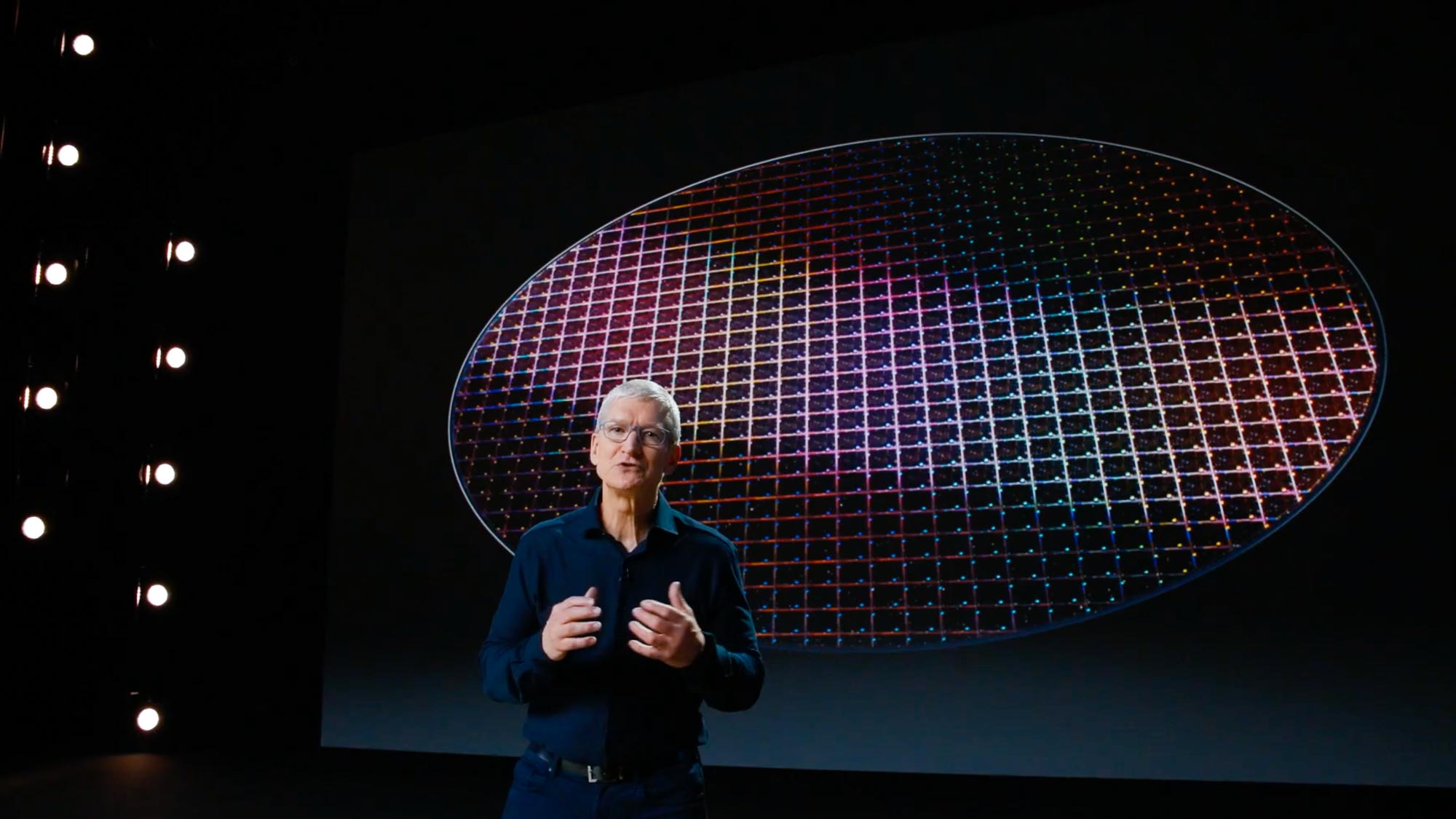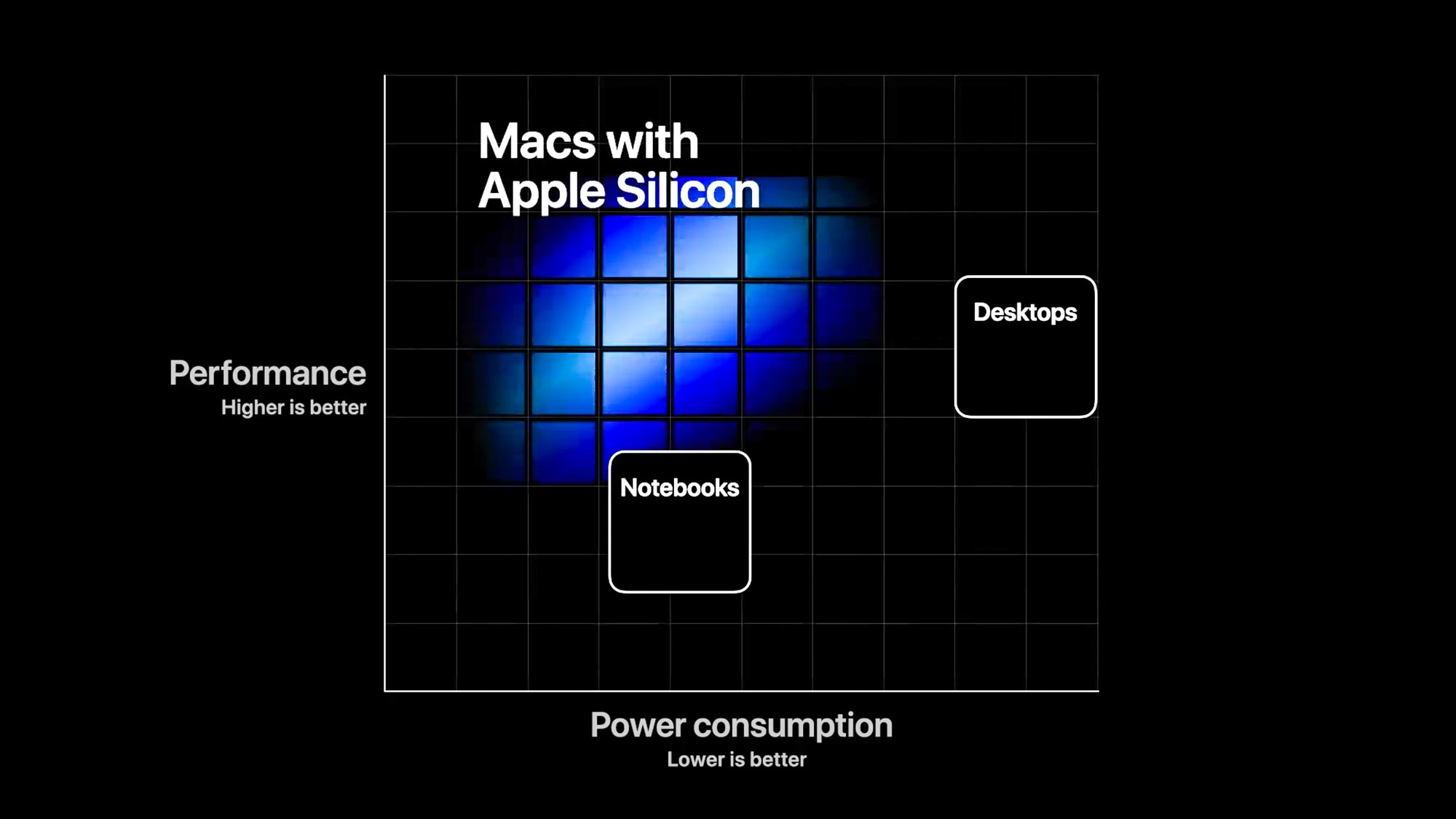MacBook’s move to ARM: Why Apple could succeed where others failed
The future of MacBooks is ARM

A big change is coming to the MacBook. The upcoming transition from Intel chipsets to Apple silicon has implications for both Apple and the entire PC space. In the next two years, Apple will revamp its MacBook lineup to include new dedicated chips for the Mac. As they make this change, Apple will be taking many steps to ensure the transition goes smoothly for all users.
The biggest hardware change is the switch from Intel to in-house chips made in conjunction with ARM. Apple expects this change to be fully complete in two years. On the software side, undoubtedly the more complex area, Apple will be releasing MacOS 11 Big Sur. Not only will this OS update feature a large design overhaul, but it will be the version that fosters in the new ARM-based future for the MacBooks.
Introducing Big Sur
Mac OS Big Sur’s version number is 11.0, signaling an end to the 20-plus-year-old OS X versions. This makes sense, as this version of Mac OS will consist of overhauls to almost every part of the operating system. Big Sur will implement design elements from iOS, including the control panel and the upcoming improvements to widgets. These changes all amount to Apple unifying its products even more. This will be even more evident after the transition as Macs will have the ability to run iOS apps natively. Through the use of Project Catalyst, Apple has been trying to expand the Mac App Store ecosystem but with little success.
On its other platforms, one of Apple’s tools of quality control is the App Store, which has never had a large presence on Mac. That could change in the near future as Apple could mandate developers to publish apps across all its platforms. The nature of the desktop OS running on third-party chips meant that Apple could never impose control like this.
Learning from others mistakes
Apple has created tools for developers to ensure this transition goes as smoothly as possible. In both the keynote and subsequent developer sessions, it has emphasized how this toolkit will ensure app compatibility. The toolkit is vital as Apple’s competitors have attempted to make ARM work on several Windows devices in recent years. Microsoft’s first attempt, Surface RT was hardly successful. Mired by a lack of apps, Surface RT was also hobbled by the fact that it couldn’t emulate traditional x86 apps.
Since then, Microsoft has created the Windows on Snapdragon program. These devices run normal Windows 10 that emulates x86 software. While this mitigated the app compatibility issue, a new problem surfaced: emulating the x86 software takes a lot of processing power to do efficiently. As a result, the apps usually are poor performers and use more power. These app issues have been what held ARM back on PC and are the main thing Apple needs to overcome.
Apple observed the trials and tribulations of its competitors and only made its ARM announcement when it was confident in both the performance of its chips and app compatibility. The recent WWDC presentation featured demos of Photoshop and Rise of the Tomb Raider running on the iPad Pro’s A12z processor. In fact, Apple has already ported all its first-party apps to ARM. During the keynote, it made it a point to signal that users should expect the same level of performance they have been accustomed to on iPad.
Sign up to receive The Snapshot, a free special dispatch from Laptop Mag, in your inbox.
From Mac to iPad
The iPad Pro has displayed time and time again that it is a capable computing device. The device is used by graphics professionals, programmers and musicians. Placing the chipset in devices with better thermals and larger batteries will ensure that the new Macs will at least match the standard consumers expect. In addition, these new Macs will be able to take advantage of all the other benefits that come with A-Series chips. Recent A-series chips are designed specifically to include cores for machine learning and enhanced privacy measures.
This transition is promising. Apple A-series chips have consistently performed above the other mobile devices. Apple putting its full weight behind a project of this size means there is a good chance it will succeed. Additionally, if Apple does this successfully, its competitors will have a good model to base future ARM transitions on. While many see x86-based chips slowing down substantially, at least in terms of their year-over-year performance gains, ARM has significant breathing room to get even more powerful. These chips have been mainly limited to low-power devices, so a lot of question marks remain in the desktop space. Apple getting this right could mean fewer laptops will have to make the trade-off between performance and power consumption.
Bottom Line
For now, the only hardware that exists is the developer transition kit. It is a Mac Mini powered by an A12z processor. We should expect to see the first widely available devices later this year. It has been rumored to be a MacBook of some kind. What is perhaps most interesting is how Apple will deal with its devices such as the Mac Pro, which relies on expandability. Furthermore, we may see Mac computers in form factors that Apple has resisted thus far. The change to Apple silicon and to the design of Mac OS might suggest a Mac that resembles the iPad Pro, which could open many new paths for the Mac.





